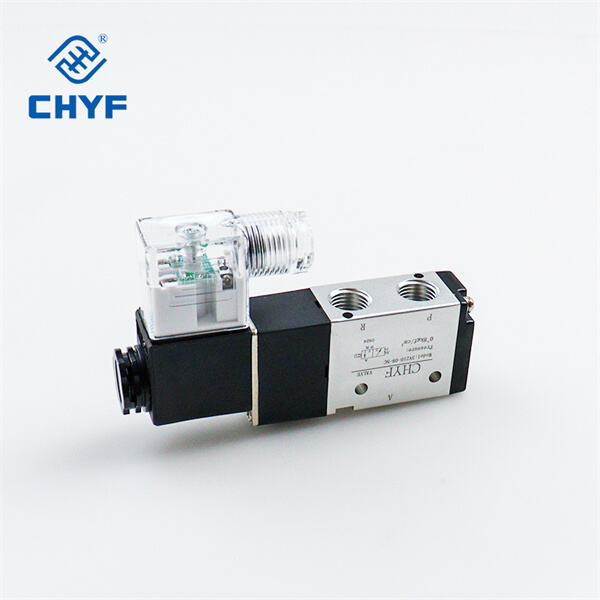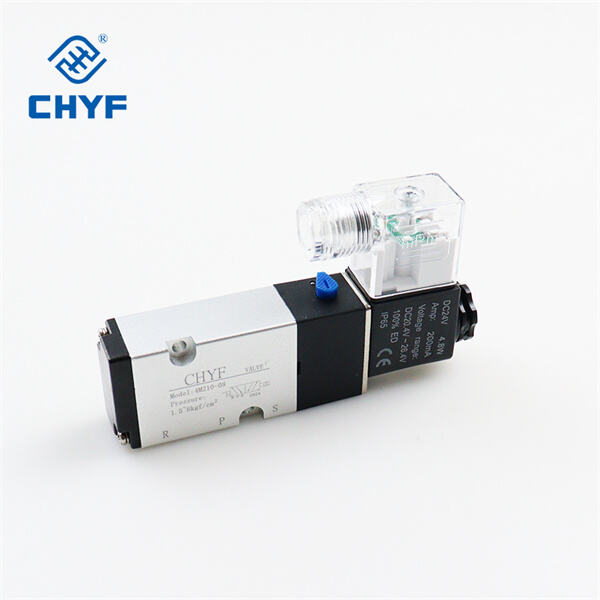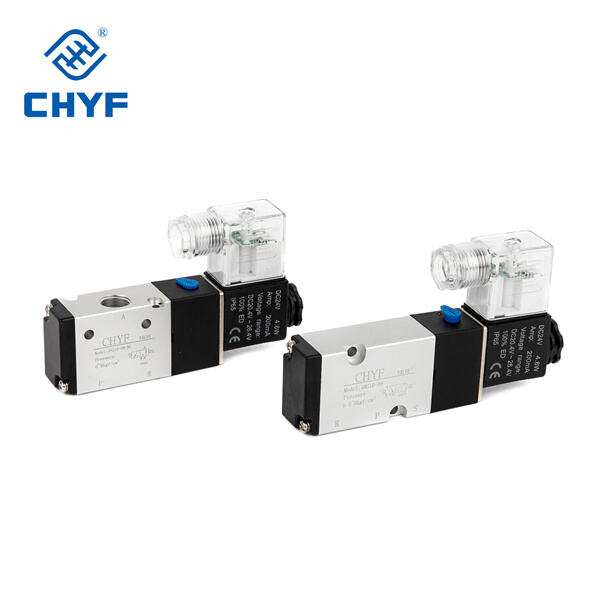Tel: +86-577 61727673
Email: [email protected]
Tel: +86-577 61727673
Email: [email protected]
An electric solenoid valve is a type of valve found in many machines and devices. It regulates the flow of liquids or gases by opening or closing a passage. Pretending not to be scared of the word “solenoid” The word “solenoid” sounds a little tricky, doesn’t it, but really it is just a term for a device that turns electrical energy into movement. When electricity passes through a solenoid valve, it produces a magnetic field that operates a metal part that opens or closes the valve.
When you press the button or move the switch to open the electric solenoid valve, you send electricity through a coil of wire inside it. This creates a magnetic field that attracts a metal piece, known as a plunger, to the coil’s center. As the plunger is displaced, it establishes or closes a path through which the liquid or gas is to pass the valve. When the electricity is turned off, the magnetic field disappears. Inside the valve, a spring pushes the plunger back to its original position, cutting off the water flow.

Solenoid valves electric are critical in factories which rely on them to control the flow of gas or liquid. They are in the systems of factories, car factories, irrigation factories and — in home appliances such as washing machines, dishwashers. Through using electric solenoid valves, businesses can make their work easier, faster, and keep their workers and machines safe. Without them, it would be difficult to direct the flow of liquids or gases with precision.

When choosing an electric solenoid valve for these aspects, you will have to consider a few different things in order to determine that it will work effectively. The flow, pressure, media, and electrical demands are some of the parameters. For instance, if you need a valve for a high-pressure water system, you would look for one that could withstand high pressure as well as one composed of a durable and sturdy material. The valve should also be suited for voltage and current of your electricity system.

While electric solenoid valves should not, generally speaking, be too much of an issue for you, you can sometimes run into issues with one. A stuck donut plunger is one common problem, likely due to dirt or insufficient lubrication. When the worst happens, the valve may lose its capacity to be able to close or open and the flow may have problems. This can be remedied by cleaning the valve, adding low-friction oil or replacing broken parts. Faulty coil is another issue that could result from electrical faults or overheating. If you suspect a problem with the coil, you may need to replace it before the valve will start working again.